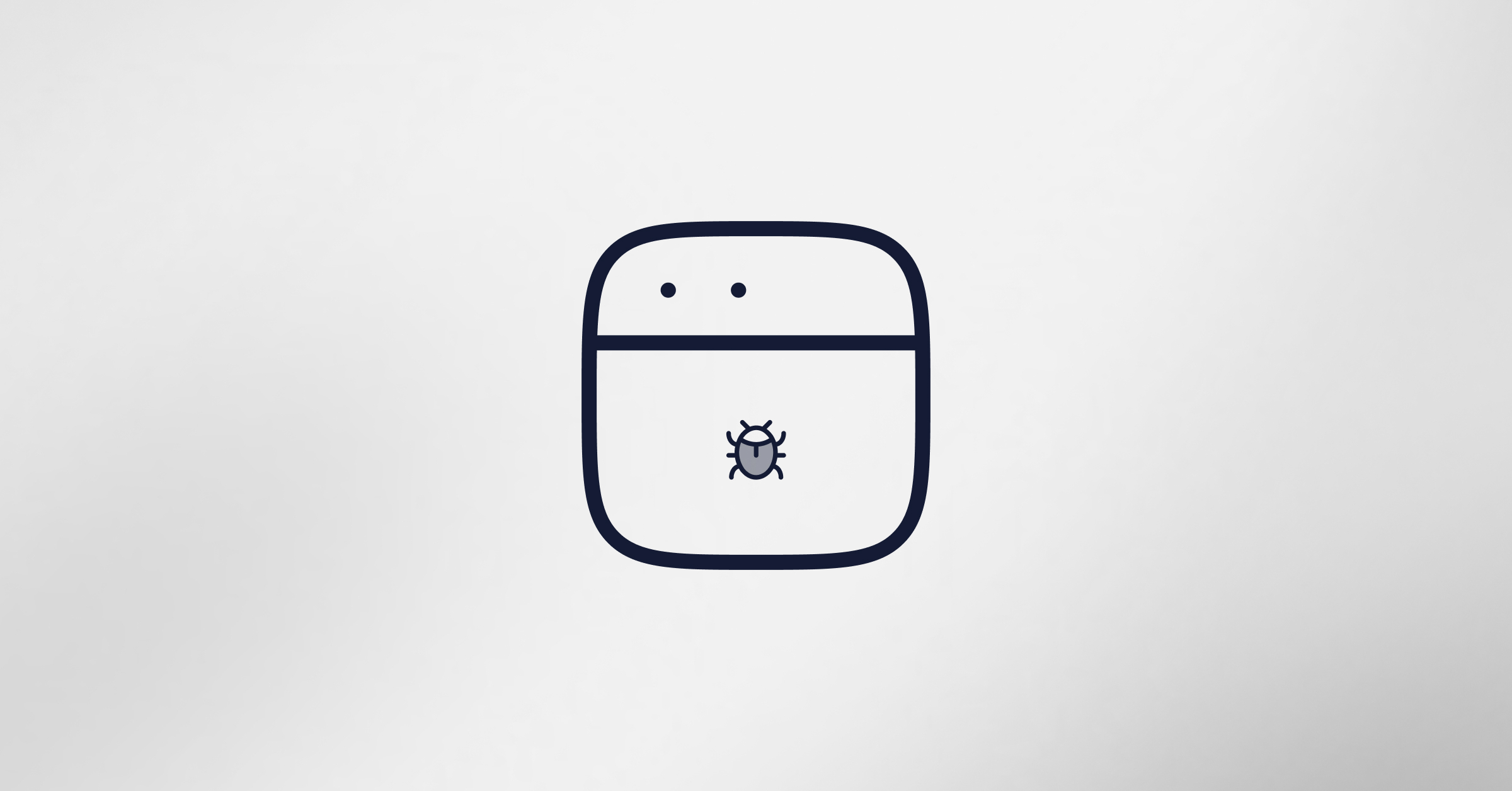Use idalib To Power Your Tools and Products (And Do It For Free During Dev)
If you’ve worked with IDA beyond the UI — scripting, automation, headless tasks, or custom tooling — you may have heard of idalib. For those who haven’t, it’s the programmatic interface to the IDA ...





